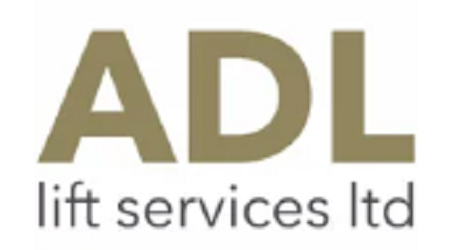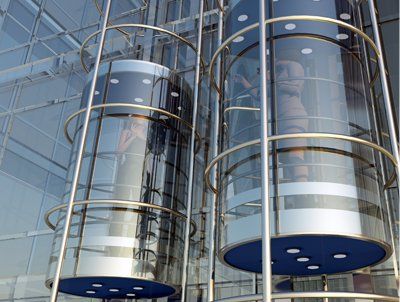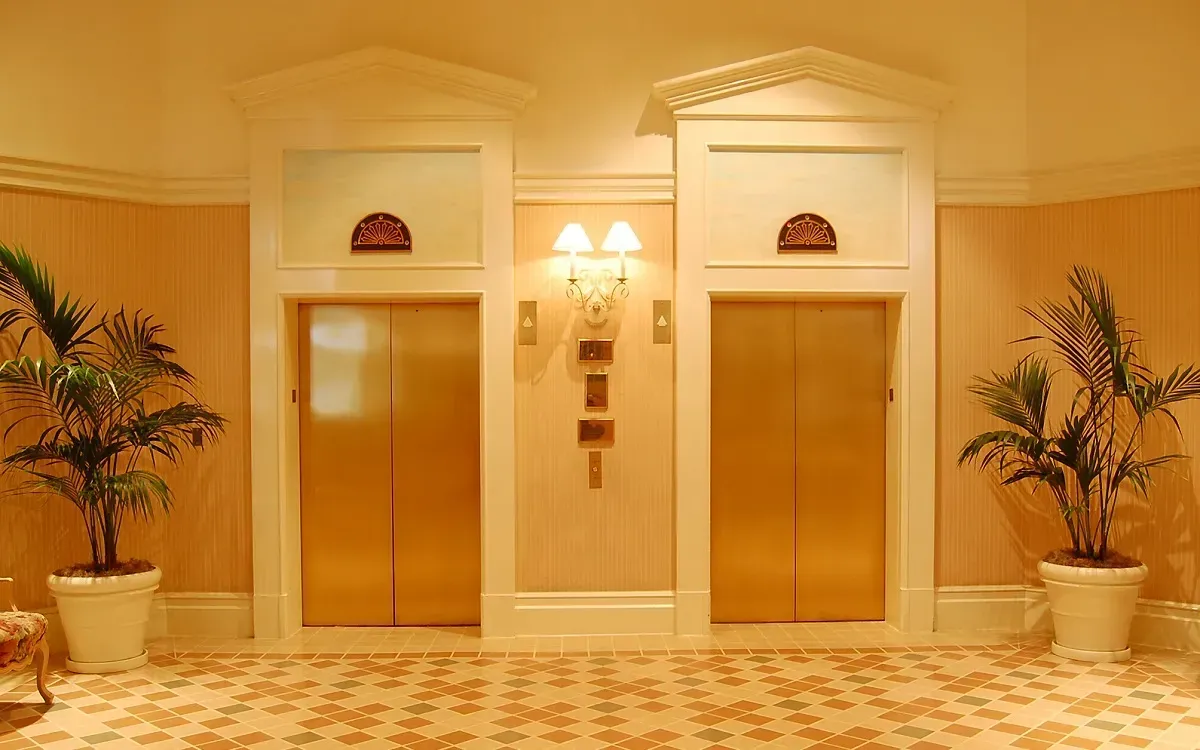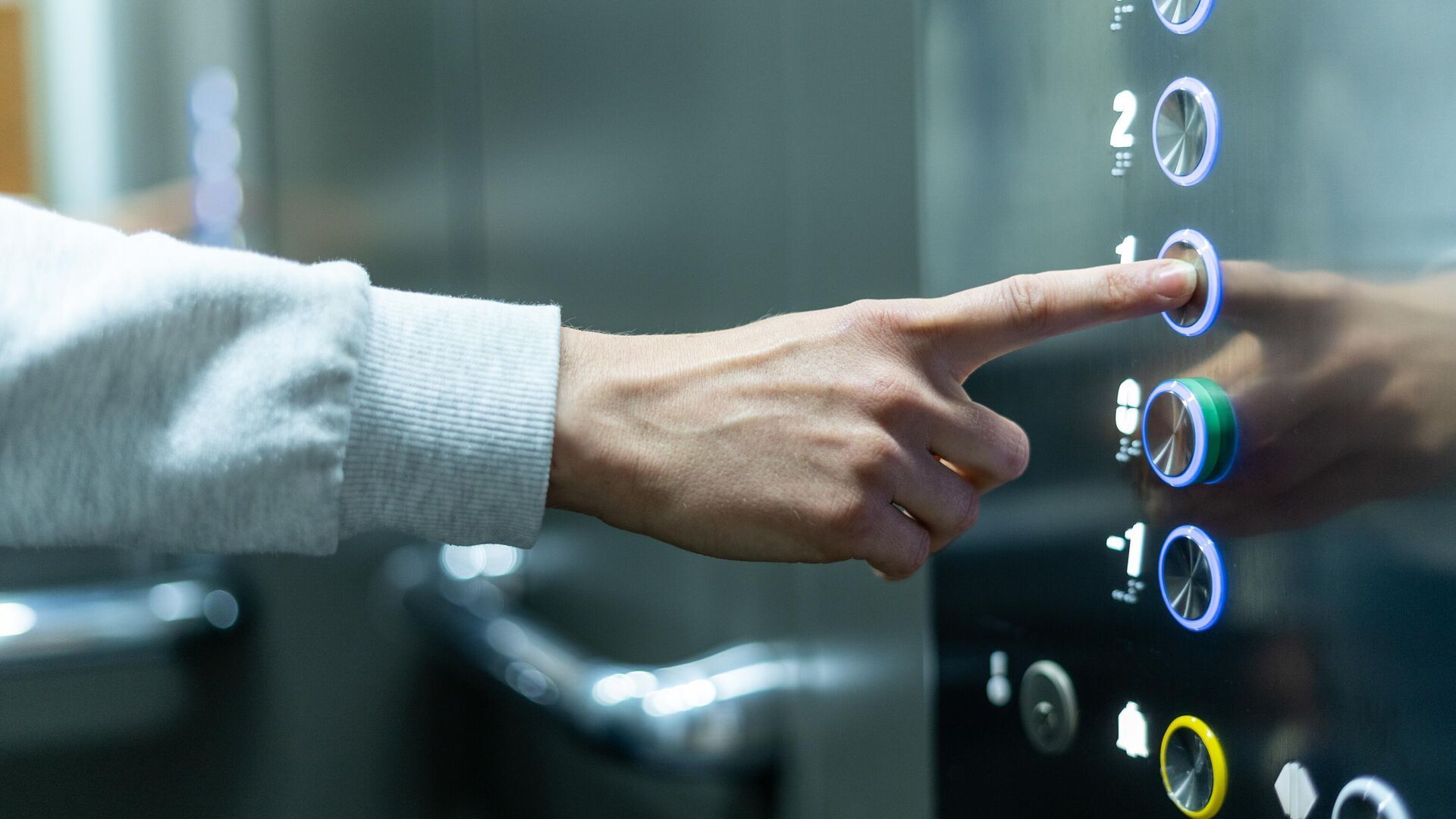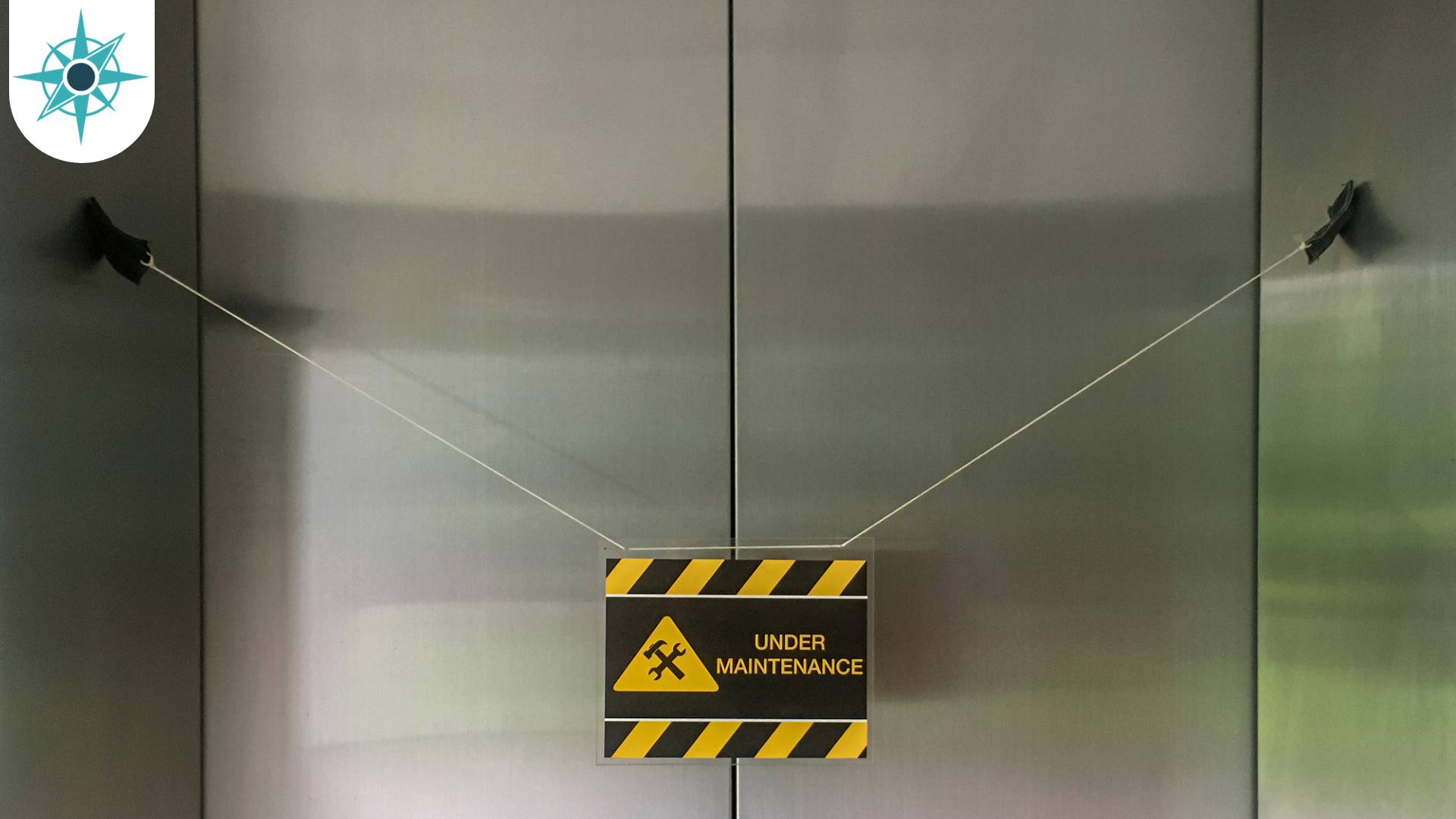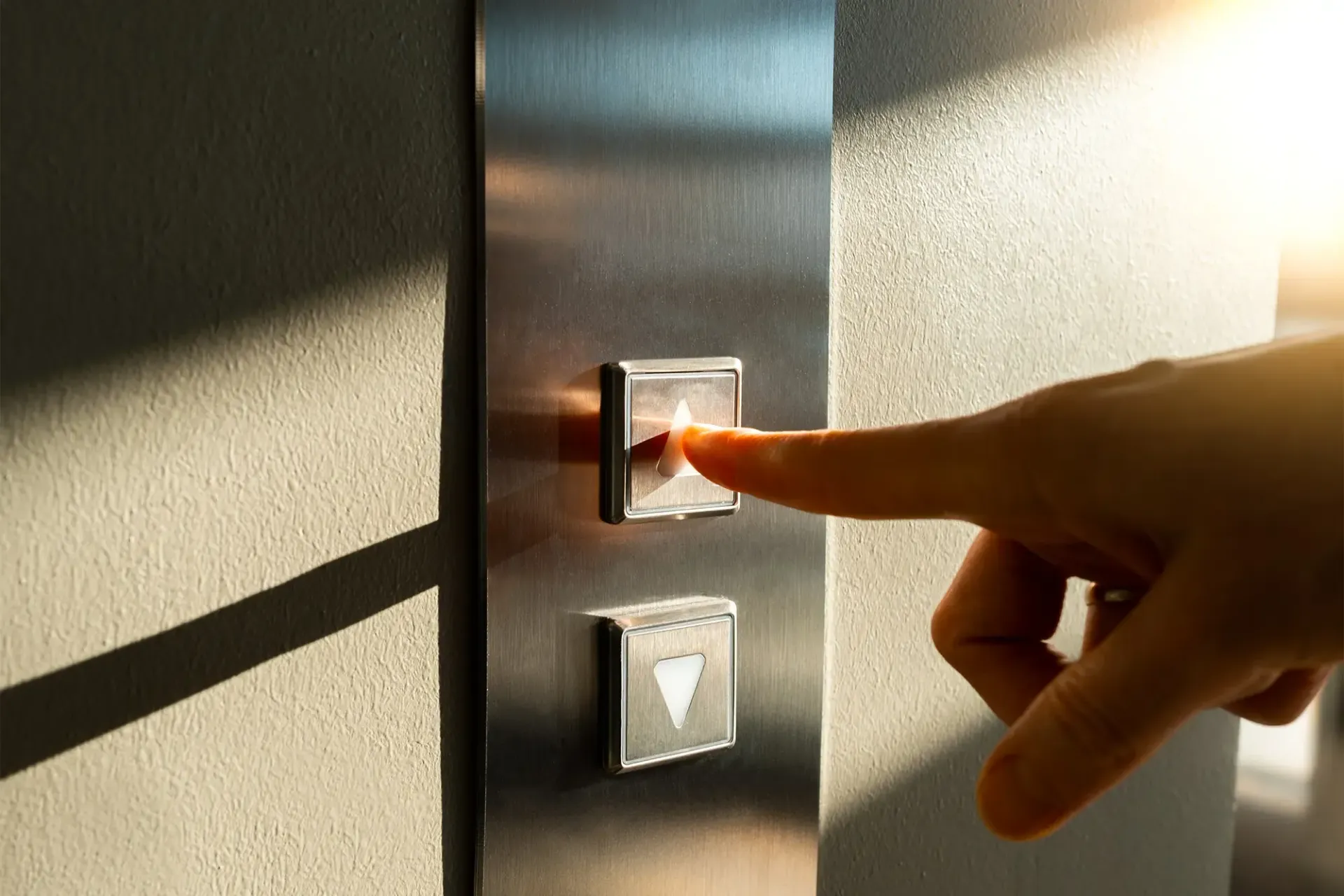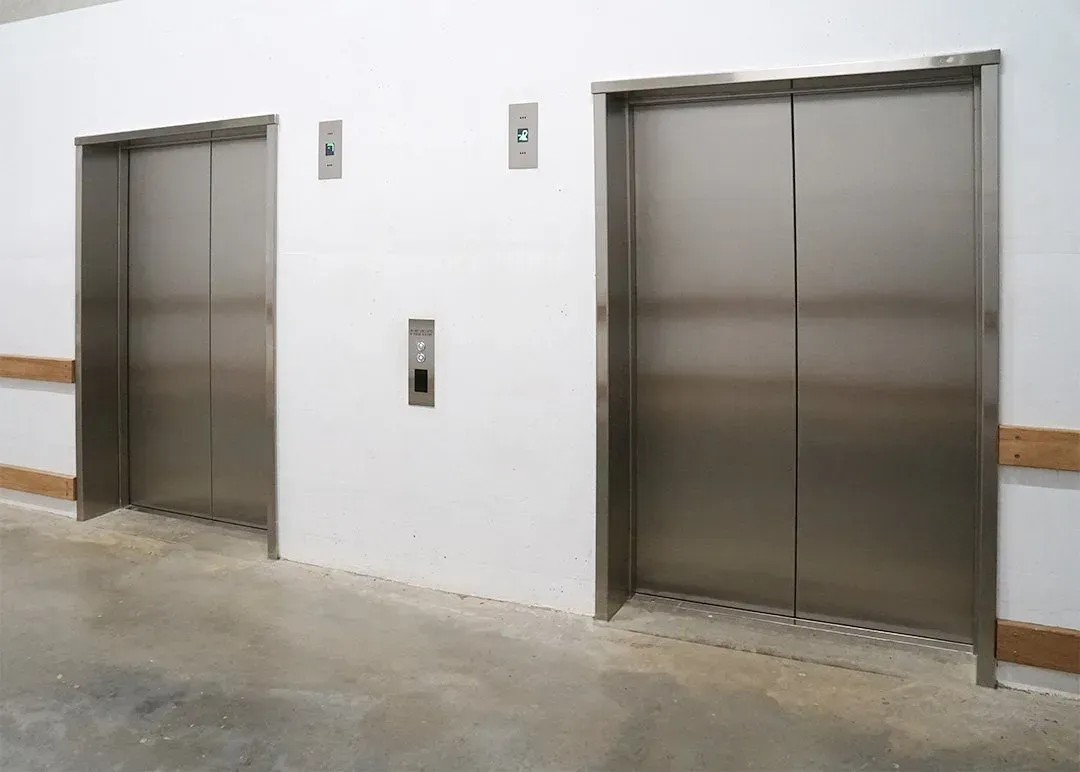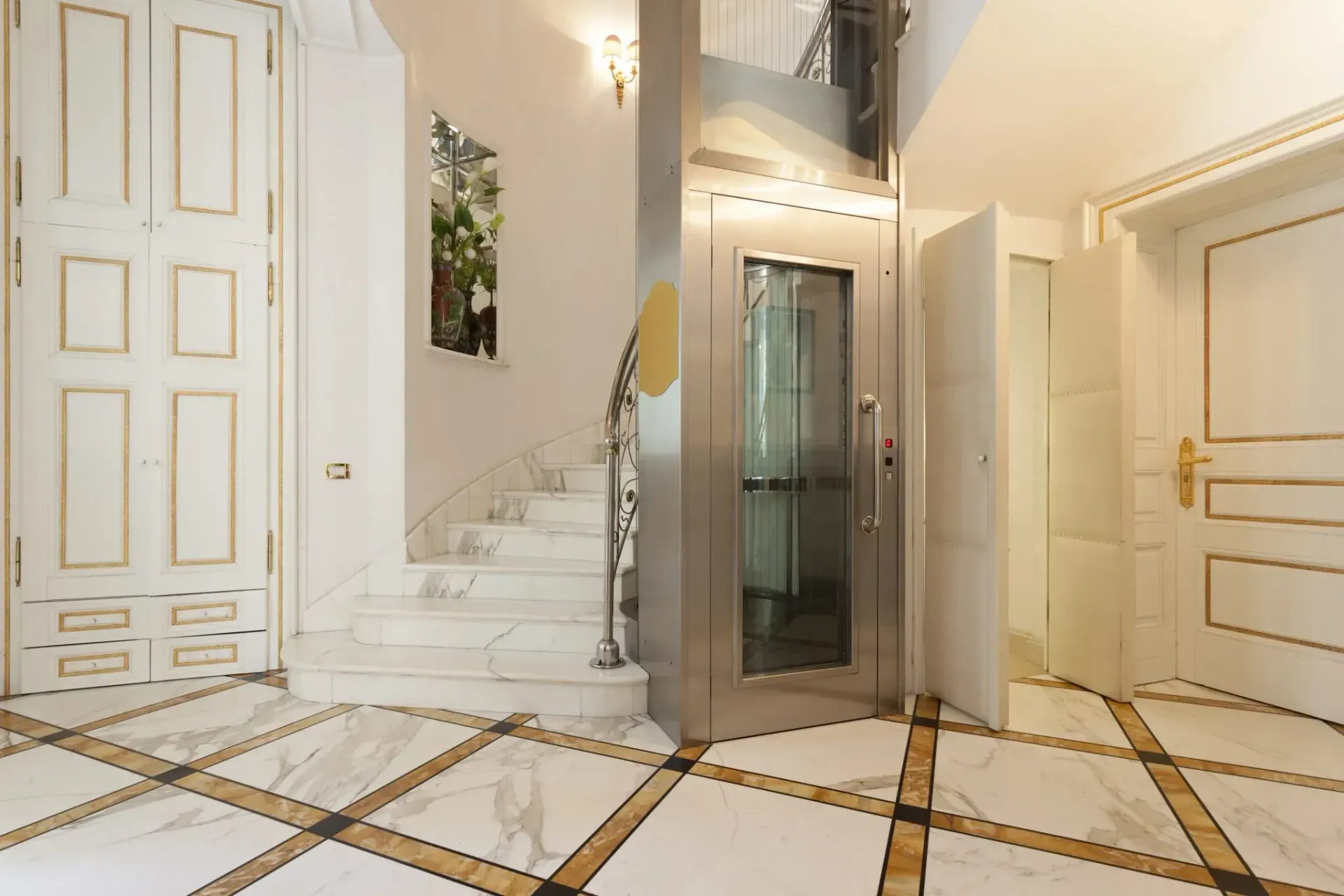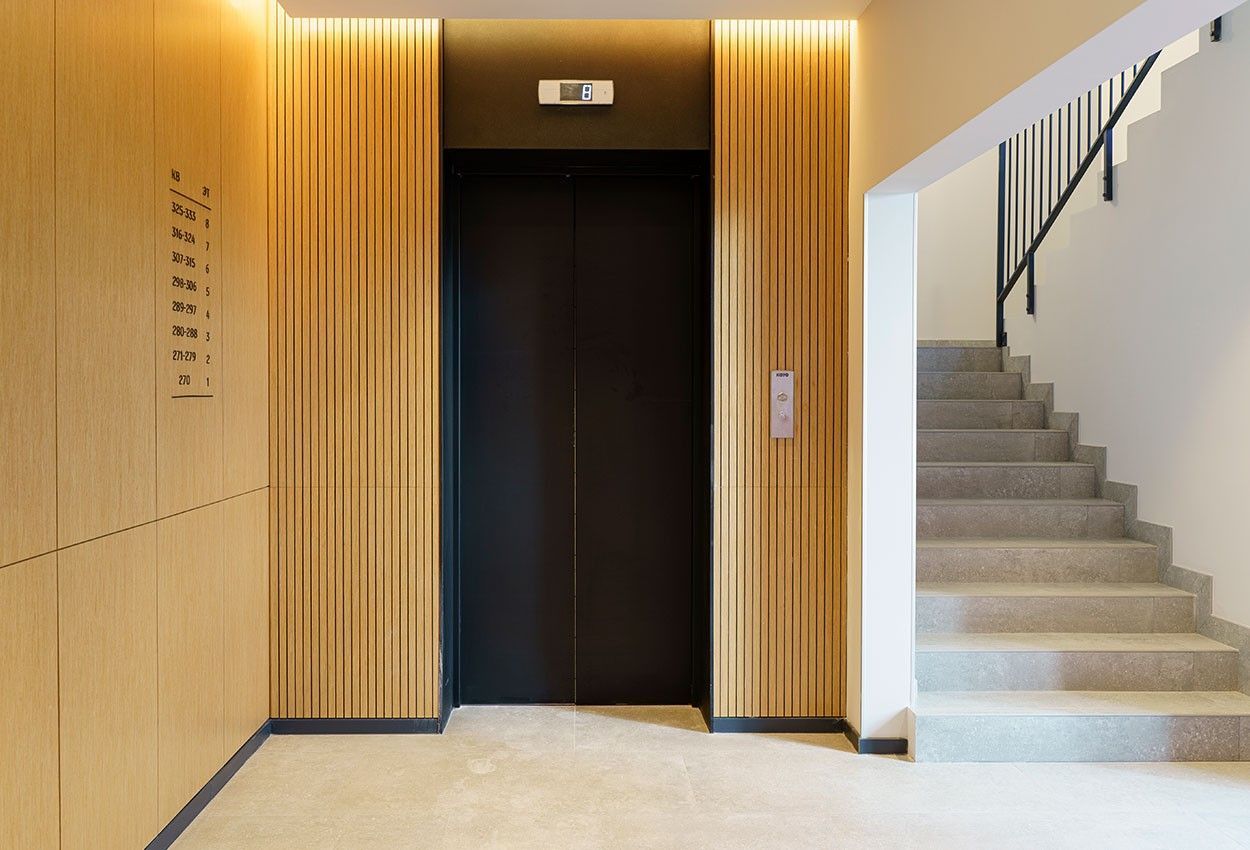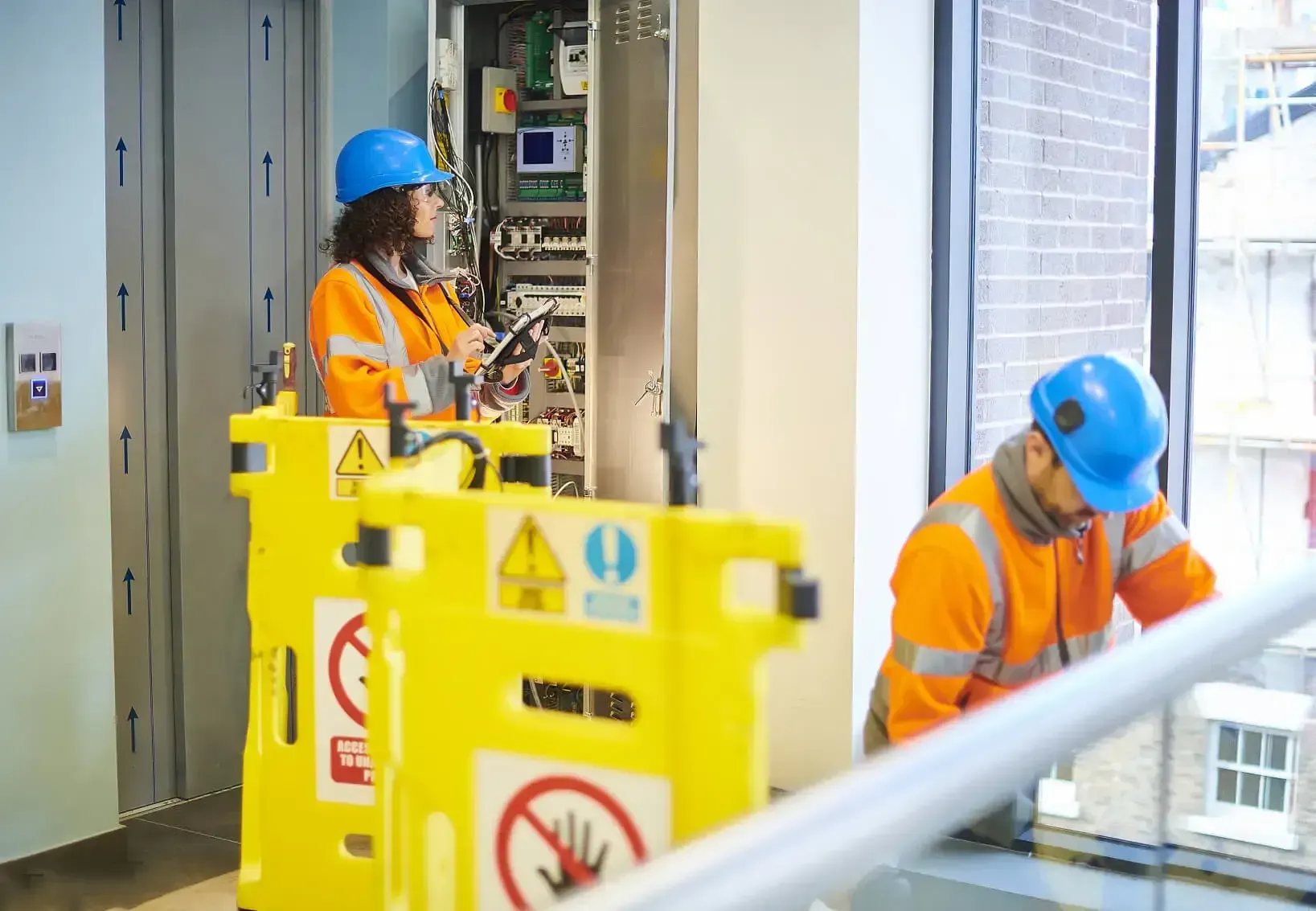Five Top Maintenance Tips from Expert Lift Engineers
If you work or live in a high rise building, then you’ll know that having access to a lift makes life much easier when there are several flights of stairs to contend with. Lifts have plenty of other useful functions too; from transporting goods from floor to floor, providing disabled access to buildings, or moving food from the kitchen to the restaurant.
Because they have so many important uses, it can cause a lot of disruption for you or your business if a lift breaks. Sometimes, an issue or the need for repairs in unavoidable, but proper lift maintenance is one way to reduce the chances of needing costly repairs further down the line.
If there’s one group of people who know the ins and outs of lift maintenance, it’s lift engineers, and they’re experts when it comes to knowing what you can do to keep your lift in the best condition possible. With this in mind, we’ve rounded up five of the top maintenance tips from lift experts, so read our handy guide below to find out how you can keep your lift in full working order.
Lift rules and regulations are continually evolving to ensure the public’s safety, and to improve the work of lift companies and their maintenance practices. Guidelines can be strict, but they’re essential to allow lift engineers to maintain safe lift systems across the country. Two new pieces of legislation came into effect in September 2017, with the aim to greatly improve lift safety for all passengers and maintenance workers.
These two new European standards, known as EN 81-20 and EN 81-50, are in effect for any lift installed from the 1st of September 2017 onwards. EN 81-20 sets out safety requirements for construction and installation, and EN 81-50 covers the test and examination requirements for different lift components.
The new standards aim to improve accessibility, safety and comfort of any passengers or lift engineers, and there are several updated safety standards which now need to be met. The required protection which covers the risk of an ascending lift car going too fast has now been extended to include any rescue situations, and enhanced requirements are also in place regarding the protection mechanisms, which reduces the risk of the lift cart moving away from the landing
Updates for door detection systems are also required, and the old photocell technologies, used to prevent doors closing on passengers, are no longer compliant with the new standards. A mechanism is now also required to prevent the risk of passengers falling into the lift shaft if trying to escape a lift which has stopped between floors. Lift car doors should now be unable to be opened from the inside if a lift is not in line with a landing floor, and there are many more regulations regarding lift strength, car lighting, electrical safety and more, which you can read about here.
Lift technology is rapidly advancing, and working to improve the safety of both passengers and engineers. Taking advantage of these changes has many benefits, including faster lift speeds, a smoother ride, reduced costs and greater reliability, lessening the chances of a lift breaking down or requiring repairs.
An advancement such as thermal-imaging technology can give engineers a convenient way to locate, diagnose and fix any issues before they cause the lift to shutdown completely.
There are also several developments, such as eco-lifts , that can drastically reduce an elevator’s energy consumption. Eco-lifts use a built in power-recovery drive, and many models don’t require a machine room, saving construction costs and maximising your building’s space. An eco-lift’s design uses a micro-processor and control area network (CAN), which both lead to reduced power consumption. They’re also cleverly designed to generate electricity in the event of a breakdown; this power can then be fed back into the electricity grid to save the maximum amount of energy.
Eco-lifts also go into a state of hibernation when not in use, again reducing the amount of energy used and saving money, and they use LED lighting, which can last up to ten times longer than halogen lights, while reducing energy consumption by around 80%.
In relation to lift maintenance, the new online tool of customer-management portals allow customers to see real time updates, book an engineer online, receive detailed information and exchange orders electronically. This allows facilities managers to book maintenance well in advance, notify any customers or staff, and offer a professional service while reducing downtime.
A regular maintenance schedule
Facilities managers (or whoever is responsible for maintenance) should have a planned maintenance schedule in place with their chosen elevator company, and a plan for what to do to prevent issues and repair them if they do arise. The age of the lift system and size of the building should be taken into account when planning a maintenance schedule, as older lifts and larger buildings (where the lift may be in more frequent use) will naturally need more frequent inspections.
The more floors a lift has to travel through, the faster the system will wear out, so predicting the amount of use can be helpful when planning. Lifts should be examined every 6 months if used to carry passengers, and every 12 months if they carry goods only, or following a significant change or repair. Preventative maintenance can involve replacing worn or damaged parts, topping up fluid levels, and making any necessary routine adjustments to reduce risks.
It’s important to be proactive when it comes to staying on top of lift maintenance, and whoever is responsible should make sure lifts are being regularly inspected to keep them in tiptop condition. Lift maintenance isn’t a legal requirement, but an insurance inspector should make an inspection every 6 months to ensure the owners are legally covered.
Failure to stay on top of lift maintenance and repairs can lead to them being out of action for a long time; this causes a great inconvenience to anyone using the building, can cause a lot of unnecessary financial expense, and slow down operations if you use a lift to transport goods.
Unfortunately, even with the best safety measures in place and regular inspections, accidents can still happen. It’s important to educate any lift users about potential dangers, such as sticking their hand between closing doors to try and catch the lift. Providing a brief education, as well as posters or signs of potential hazards either inside the lift or close by, is the best way to reduce the chances of accidents.
ADL Lift Services - Professional, reliable maintenance
If you’re looking for an expert lift engineer to service and maintain any lifts in your building, get in touch with ADL Lift Services. We provide a wide range of services to suit you, including lift installation, 24/7 lift repair, lift maintenance, and servicing. With over 100 years of experience, and full accreditation from all major bodies, our professional engineers have everything you need to keep your lift running safely and smoothly. We’re solution - rather than problem - focused, to ensure that any issue you do have gets resolved as quickly as possible, and we can provide all the parts, equipment and services you need to get things up and running again in no time.
As quality lift manufacturers, we can also offer a choice of innovative designs, including eco-lifts and the latest technology. To find out more about any of our services, and ensure your lifts are expertly maintained all year round, give us a call today to speak to a member of the team ,or find out more on our website.